Introduction
Back in the eighties in the socialist countries we had a vacuum cleaner called Rocket(Raketa/ракета). It was very loud, but very simple and it even made to the Soviet MIR space station. Anyway, comparing these two software systems is like comparing the old russian beast with a new vacuum cleaner bought this year.

Isn’t this a comparison between apples and oranges? Both systems are used to store and retrieve data, create forms and business logic. Basically I would like to compare how a beginner software developer started in 1979 – in the eighties basically – and in 2019.
Contenders
dBase is a database system that includes an interpreter and was created around 1980 by C.Wayne Ratliff based upon an older project called JPLDIS. It got onto the first Apple II and IBM PC computers and ruled the database market for small and medium companies until the early nineties. dBaseIII was published around 1984 and dBaseIII+ around 1986.
Vue.js was created by you – Evan You – in 2013 as a lightweight version of AngularJS. It is a free open source framework entirely written in Javascript. It is similar to React and Angular, basically this is how we develop applications in 2019.
Actuality
Both programs can use datasets and show and edit data. The following is missing from dBase (none of this existed in 1979): Unicode, web, scalable databases, … and much much more… So basically dBase III+ is arguably not useful in 2019. Still it is worth to look at how development was done back then. ( Interestingly there is dBase 2019 and you can still purchase it for 400-500 dollars right here. I don’t know this new one, looks like a Foxpro environment for me. This article is about the dBaseIII+, the software we used between 1980 and 1995. )
Documentation
Both programs are relatively well documented, maybe this is why they are so successful? I think in 1979 dBase was doing a good job integrating help into the IDE itself. You could just go and type HELP and you would get appropriate, gradual documentation.
Vue.js Documentation
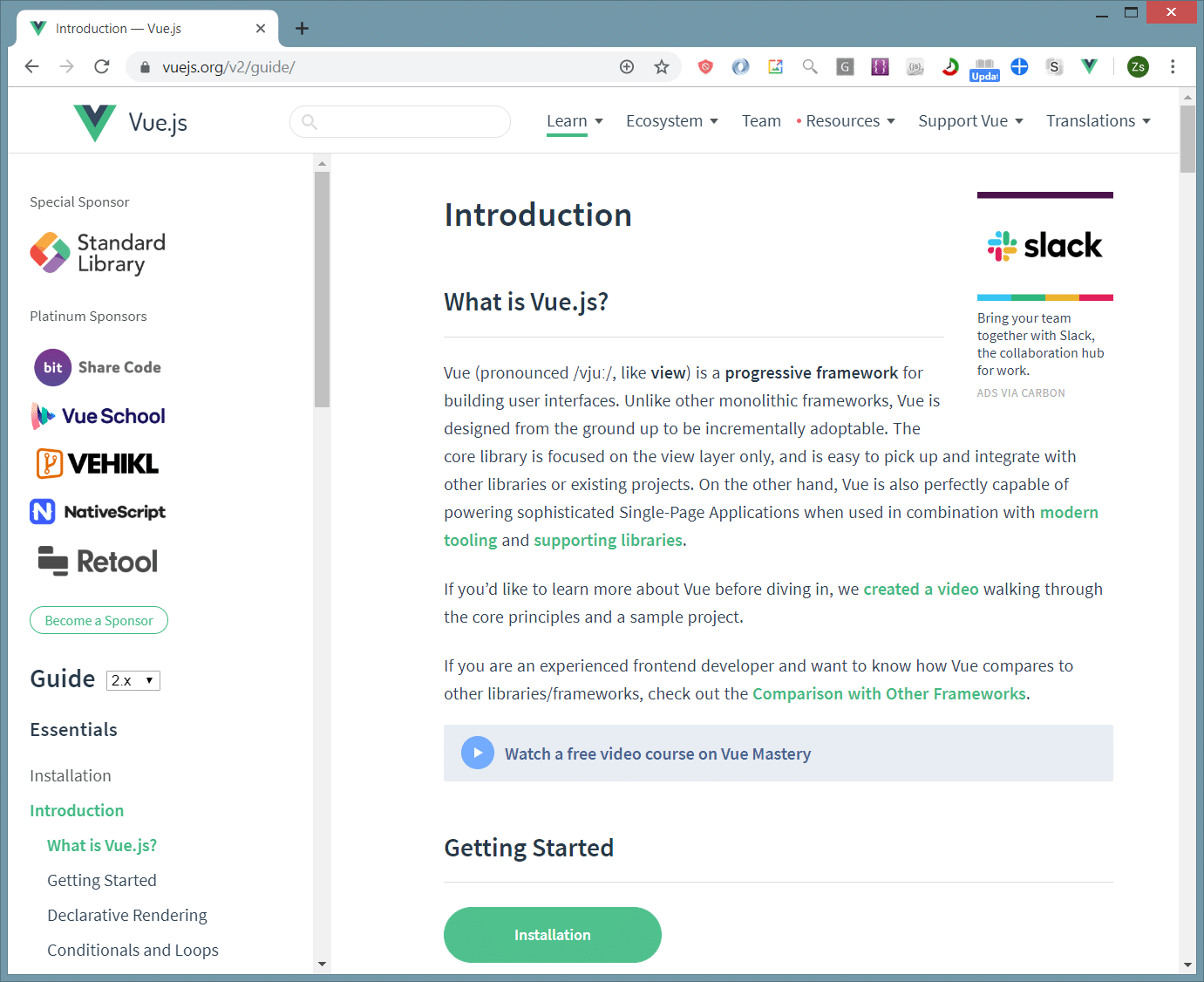
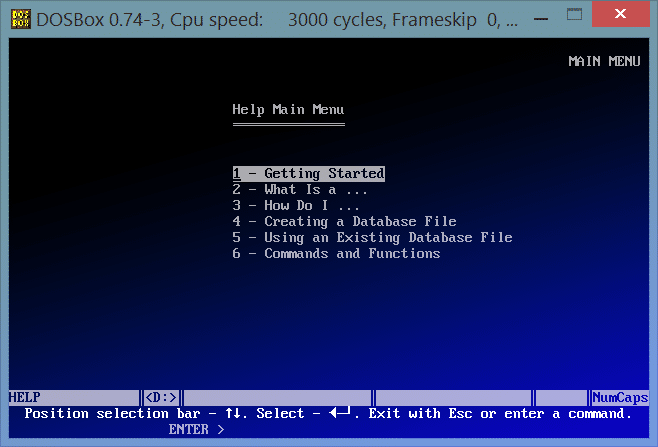

Simple application
Let’s keep this simple: the job is to have a few data lines and show them.
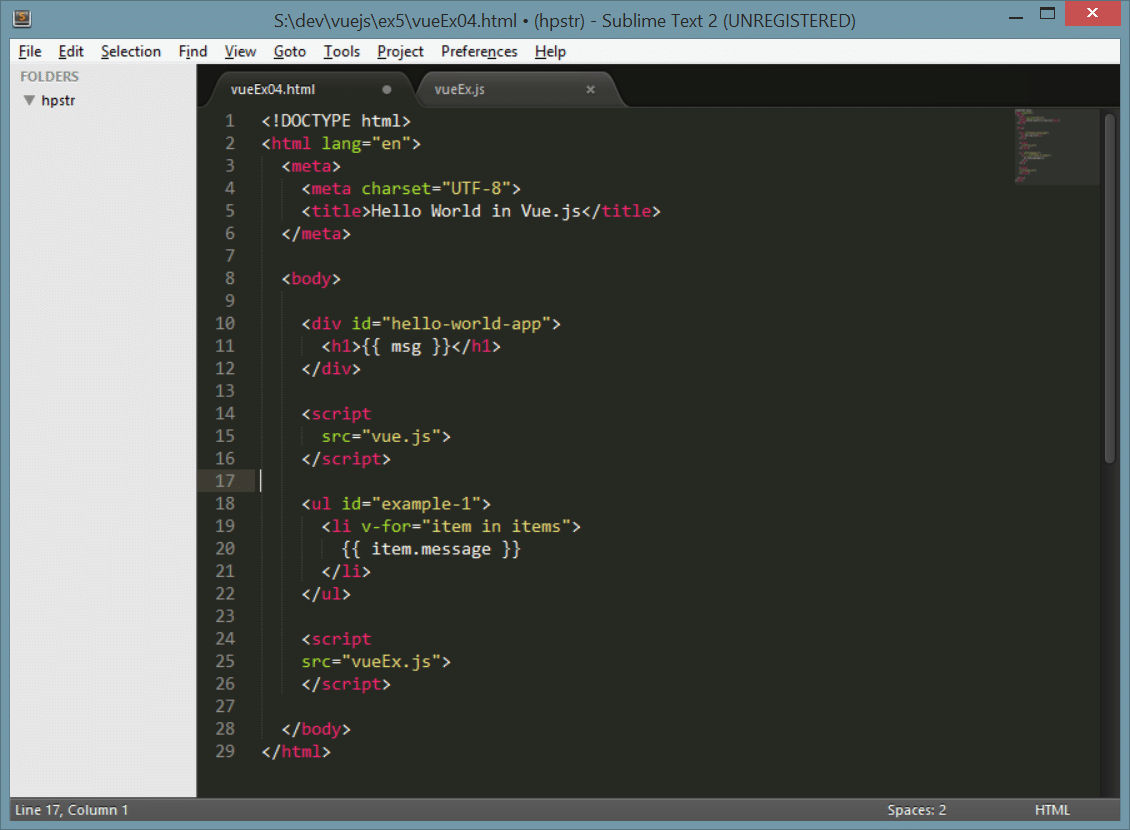



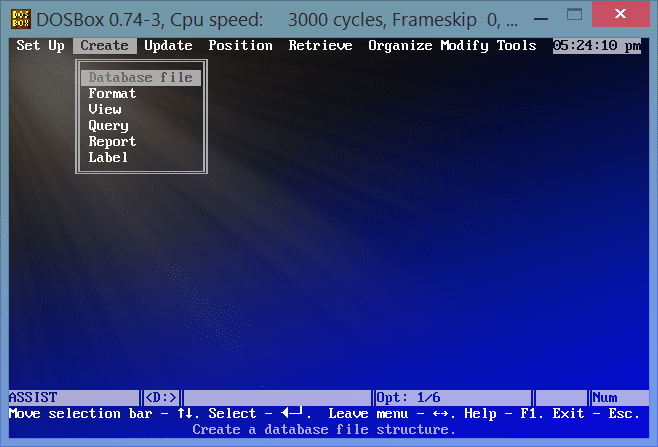
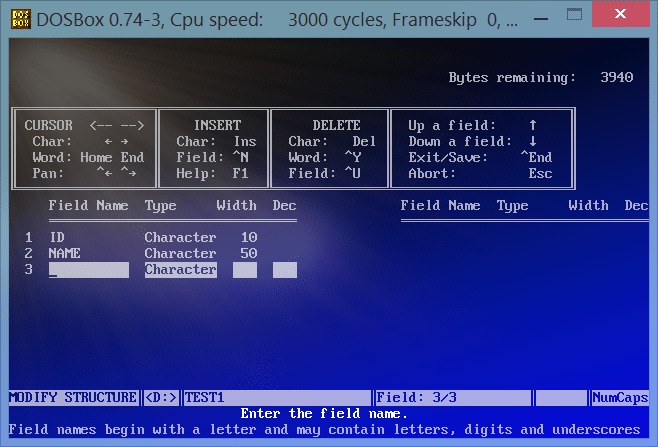
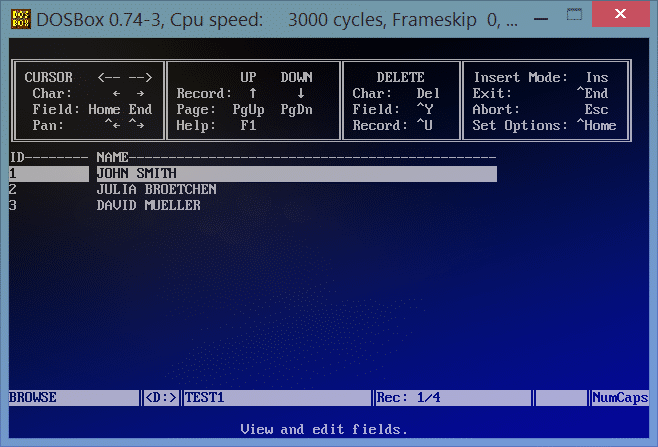
USE TEST1
LIST

My Conclusion
Usage of vacuum cleaners didn’t change that much: you turn them on and you walk around in a room with the handle in your hands. Creating applications however changed enormously in the last decades. I assume it was enough to know like twenty special words to start creating a program in dBase. Today you need at least 100-200 words to start something in Vue.js (or Angular.js or React.js). So although dBase is totally unable to create scalable web applications it still wins in the simplicity department.
This web and cloud based technology came with a high price: Complexity became the biggest hurdle in the software industry. You need to understand hundreds of words, intricate concepts like CSS, REST-API, and so on. dBase looks like a simple field compared to the wild jungle of Javascript development today. Not to mention persistent data layers behind, they are like fusion charged rockets to understand. (Just look at the AWS services console with all the services open.)

It think this may be one reason – among many – of the scarcity of affordable people to design and implement well functioning and clean applications.
Maybe it is time to create a scalable and responsive system that you can use with max twenty new words? I believe this is possible. We will see very simple development environments like Microsoft Visual Basic or dBase III again. I will create a simple development environment too, because my son – and the whole next generation – needs something to program without understanding the intricacies of today’s bizantine systems.
Maybe this is just me, I am too sentimental and have irrational expectations regarding the simplicity of software development? Every developer must understand CSS, REST and containers? Let me know what you think!

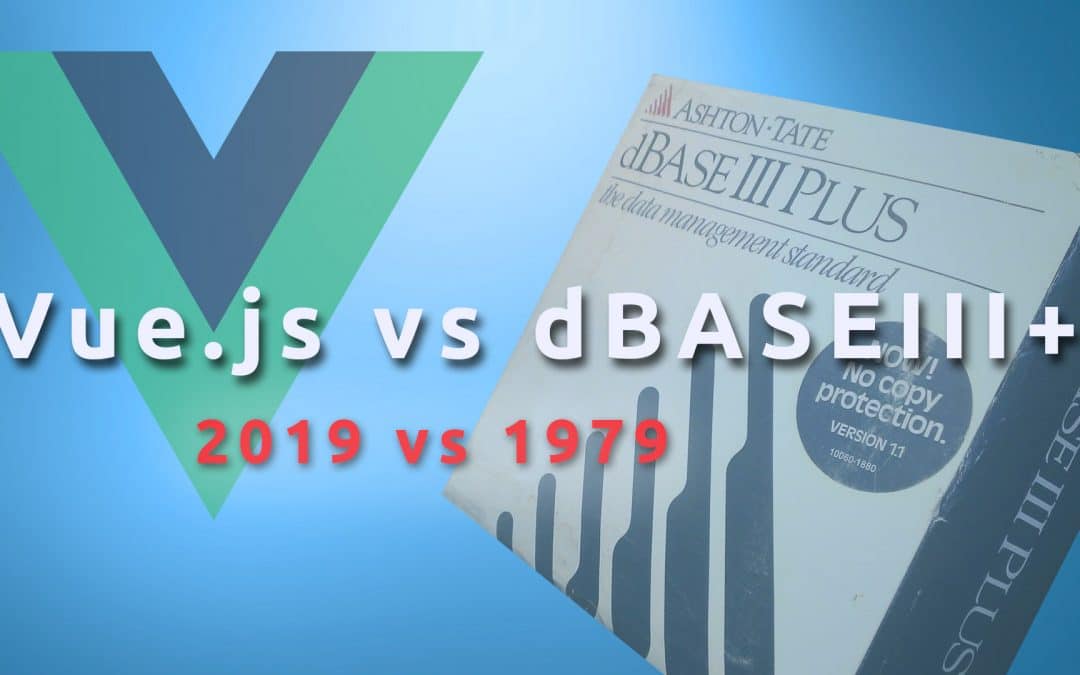
I am not a full stack developer anymore. I used to be. There was a small period in my life when I was a front-end developer but mostly I was on the back-end.
I think the time of full-stack developers is over.
So, if you focus only on one area then… Then you still have a lot of things to learn. 🙂
But if you develop a database then you don’t need to worry about which is the trendiest framework in JavaScript this month. Similarly, if you are a front-end developer then you don’t need to worry about the AWS services at all and a lot of other things neither.
The world doesn’t need polyhistors any more. It needs experts of individual areas.